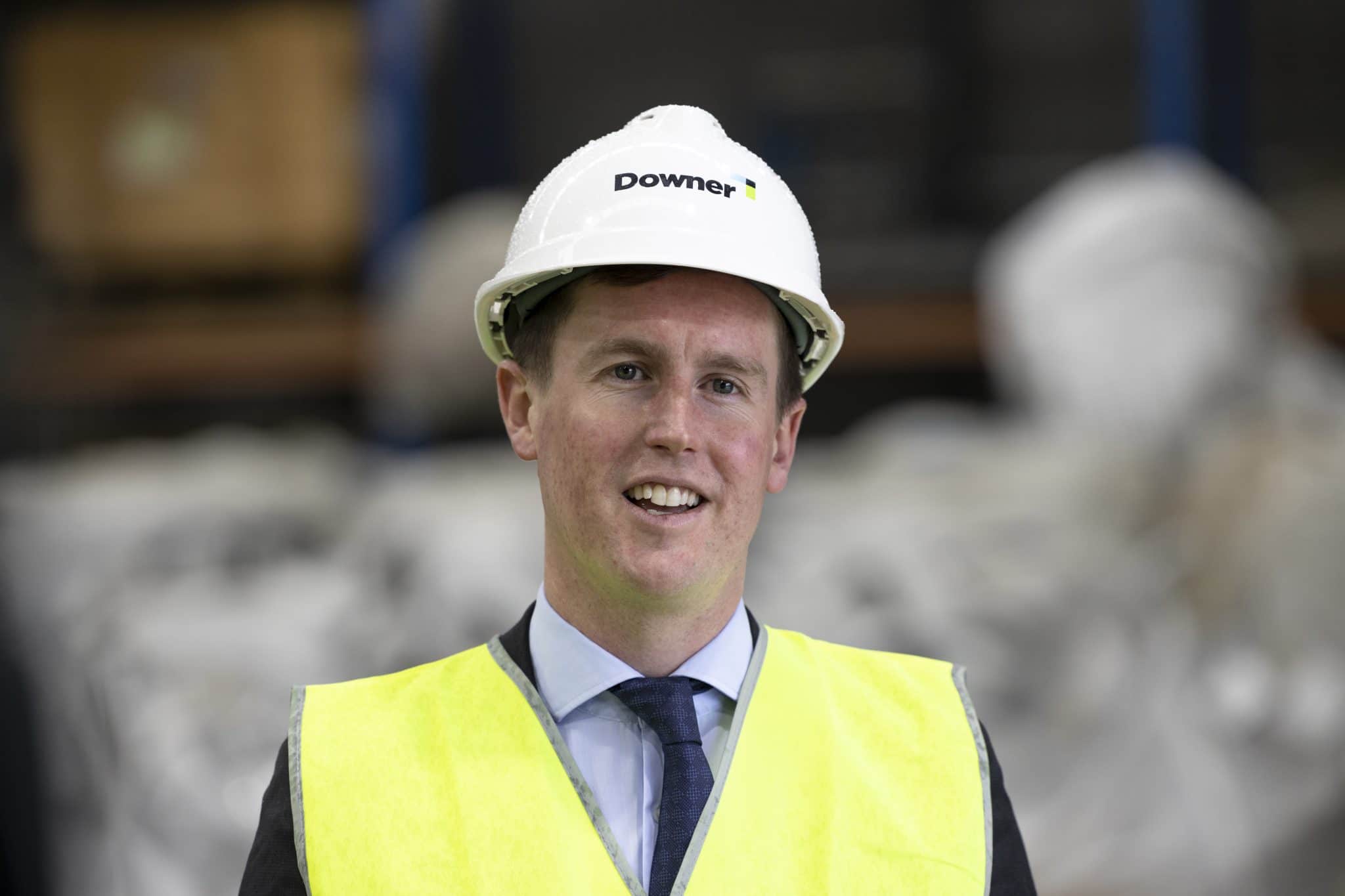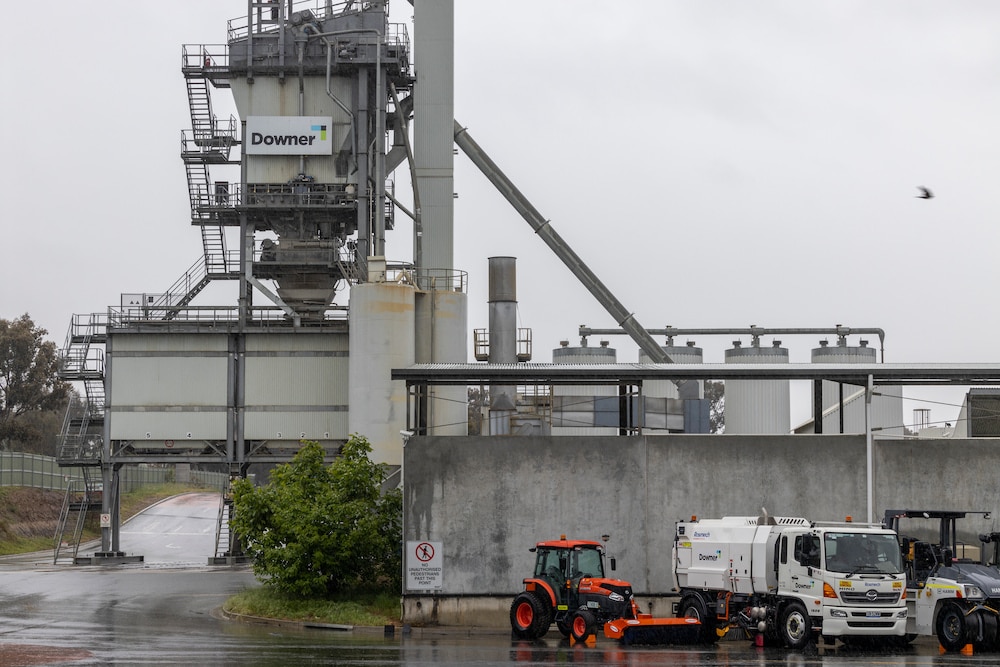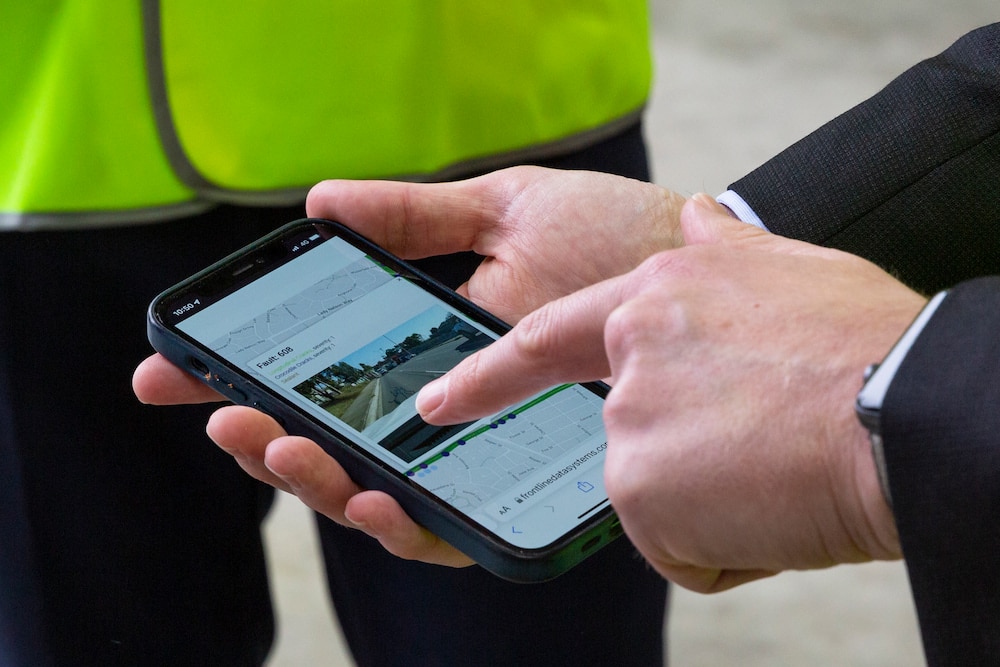You soon might be able to use your mobile phone to detect and report potholes and cracks in the road. As the ACT Government embarks on its annual road resurfacing program, it will trial a new artificial intelligence system to identify road defects.
Over summer, the government will repair 925,000 sqm of roads and waterproof them against future potholes, costing $19.5 million, announced Chris Steel, ACT Minister for Transport and City Services.
“These resurfacing works will deliver better driving conditions for tens of thousands of Canberrans,” Mr Steel said.
After Canberra’s seventh wettest winter, the government has had to undertake four times as many road repairs as normal: it has fixed more than 6,000 potholes and laid 11,000 sqm of hot asphalt.

Road repairs will be made easier by Magpeye, a smartphone app that detects road defects. It collects footage as people drive; it is then uploaded to a ‘cloud’ and assessed by an AI.
“It tells you not only what the defect type is, but also the severity,” explains Frontline Data Systems’ Jonathon Stapels.
Soon, the app will be able to do “full-blown” condition assessments, not just defects.
Using a database of hundreds of thousands of images of defects, the AI goes through the footage frame by frame, assesses the defects, and presents them in a dashboard the road manager can use to create contextualised risk-based decisions on what to repair, and when, Mr Stapels said.
Waste management company Suez will mount the cameras to their trucks next week as they travel through the suburbs. Mr Stapels expects perhaps only two or three per cent of Canberra’s roads might remain to be surveyed.
“If we can remove additional vehicles off the road, why don’t we do that? And if people are already travelling the route, then why don’t we leverage them?”

A pilot program in Victoria found that the AI surveyed rural roads 436 per cent faster and urban roads 360 per cent faster than people, and picked up 90 per cent more defects that the survey operator ignored. Magpeye is safer than stopping the car to look at road defects, Mr Stapels said, and less prone to human error.
Before long, he hopes to bring the AI from the cloud onto the device, so that only the defect data – not the footage – is sent to the road manager. Then, the general public would be able to use the app as they drive; already, he pointed out, Telstras use optics for their automated pilotage system, and buses use cameras.
Mr Stapels believes this could be the key to the roadworks of the future.
“It enables people to make better decisions. We’ve now put $19.5 million into a road resurfacing program. The worst thing we could do is not monitor that asset, and then make repairs where necessary to make sure we’re getting the most return on investment.”
Mr Steel sees the AI technology as a boon.
“We hope that this is going to lead to a much more efficient and accurate program in the future,” he said. It could, he believes, prioritise the roads that need extra resealing work and potentially more significant reconstruction.

Innovation has been key to ACT road repairs for some time. Downer Australia’s asphalt facility, in Hume, makes Reconophalt, Australia’s first road-surfacing material containing recycled content from used printer cartridges (890,000 over the last decade), soft plastics (7 million), and glass bottles (2 million) – all collected from Canberra. The plant was also the first to recycle old asphalt roads into new ones (100,000 tons).
“An environmentally friendly solution that is commercially viable,” said general manager Gana Varendran. Recycled asphalt lasts longer than conventional asphalt, and reduces carbon emissions because it minimises bitumen imported from overseas and shipment to Canberra.
Using recycled asphalt (e.g., in major road rehabilitation projects, like Northbourne Avenue) reduces the costs of the roadworks program, Mr Steel explained: “A significant benefit, particularly when materials for the construction industry have gone up in price, and some are in shortage as a result of the pandemic.”
The Hume facility – the ACT’s first sustainable asphalt plant – recently celebrated its 10th anniversary. Mr Varendran said this demonstrated “long-term commitment to economic, social, and environmental value to our community”.
The government will reseal and resurface major roads, like the Monaro Highway, Tuggeranong Parkway, Long Gully Road, Ginninderra Drive, College Street, Mirrabei Drive, Mawson Drive, and Cooyong Street, Mr Steel said. The resurfacing will begin in rural areas on Boboyan Road and Paddy’s River Road; Tuggeranong suburban roads will be resurfaced later this month.
Signs will be erected well before road resurfacing. The government will notify affected residents and businesses by letterbox drop at least two days before resealing works begin on their street.
More information on the road resurfacing program, including daily updates on the streets and suburbs where work is taking place, can be found at cityservices.act.gov.au.
Get all the latest Canberra news, sport, entertainment, lifestyle, competitions and more delivered straight to your inbox with the Canberra Daily Daily Newsletter. Sign up here.



